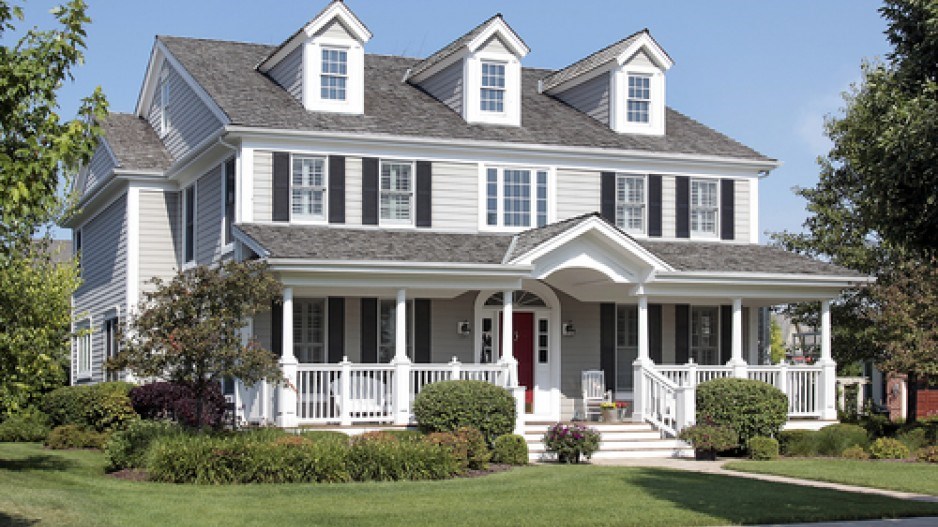The City of Vancouver will consider streamlining the approval process for affordable rental and social housing, increasing densities at transit hubs and creating a new city-owned affordable housing authority.
Those are among the recommendations in an interim report on Mayor Gregor Robertson’s Task Force on Housing Affordability.
Maureen Enser, CEO of the Urban Development Institute, praised the task force’s work.
“I like what I see,” she told Business in Vancouver. “A lot of the big issues have been identified. They have recognized the need for density increases – where it makes sense – around transit. They have looked at creative ways to deliver more affordable rental and social housing.”
Affordable housing strategies typically focus on social and rental stock, so Enser praised the task force for also recommending incentives to build more low-end market housing as well.
Vancouver is one of the world’s least affordable cities, and has Canada’s highest housing prices.
The federal government’s policies on housing have been almost exclusively geared toward home ownership over the past few decades, and Canada’s tax policies do not encourage the construction of purpose-built rental housing.
As a result, there has been virtually no rental housing built in Vancouver for decades, which has contributed to a rental vacancy rate of less than 1%.
"As a father of kids in high school and university, my wife and I are very concerned about how they can afford to stay in Vancouver – a challenge I know is shared by families throughout the city,” Robertson said in a press release.
“The question the task force repeatedly came back to was, ‘Where will our children live in Vancouver?’” said former Liberal MLA and task force co-chairperson Olga Ilich. “To answer it, the city needs to enable a range of housing that is broader than condominiums and single-family homes.”
The task force is recommending:
- fast-tracking developments that would see more affordable rental and social housing built;
- expanded inclusionary zoning along transit corridors, which would use density bonuses for low-priced market housing; and
- transition zones between single family and high-density neighbourhoods with things like row houses and stacked townhouses.




